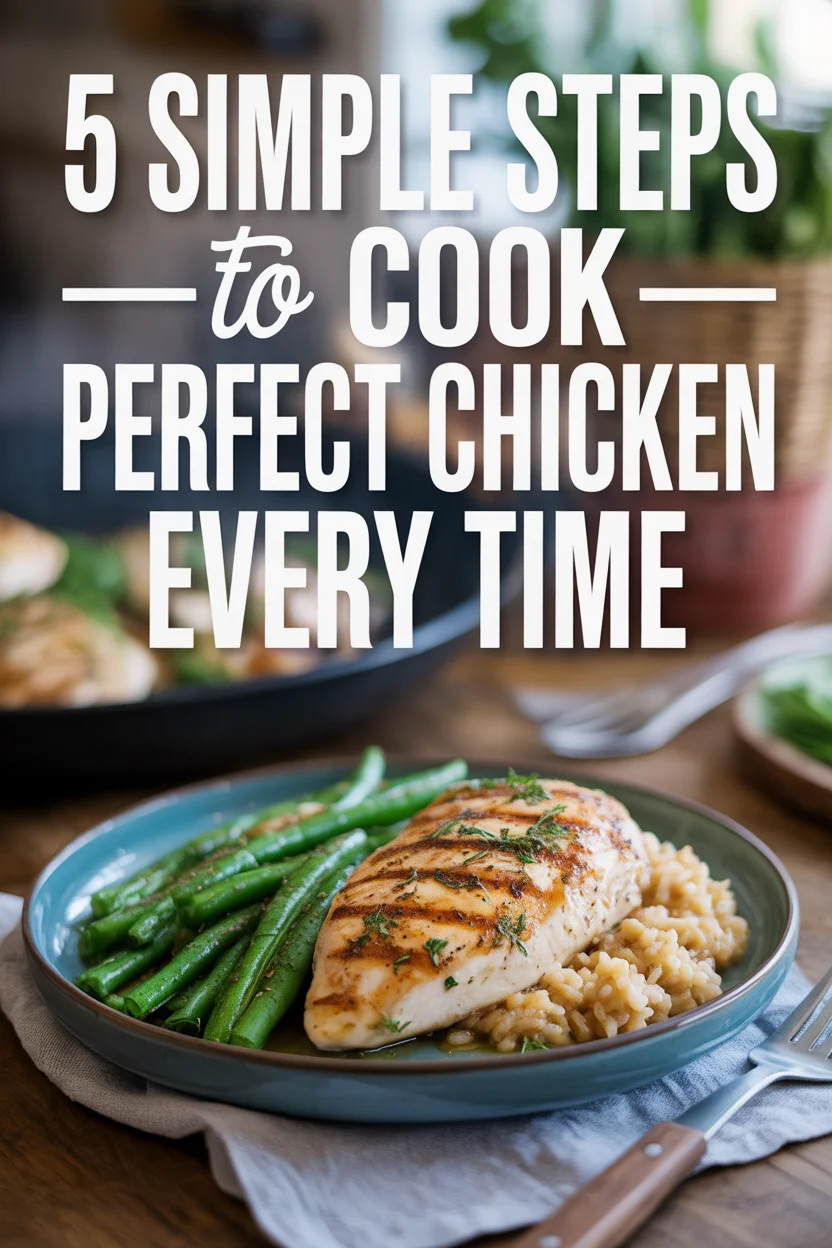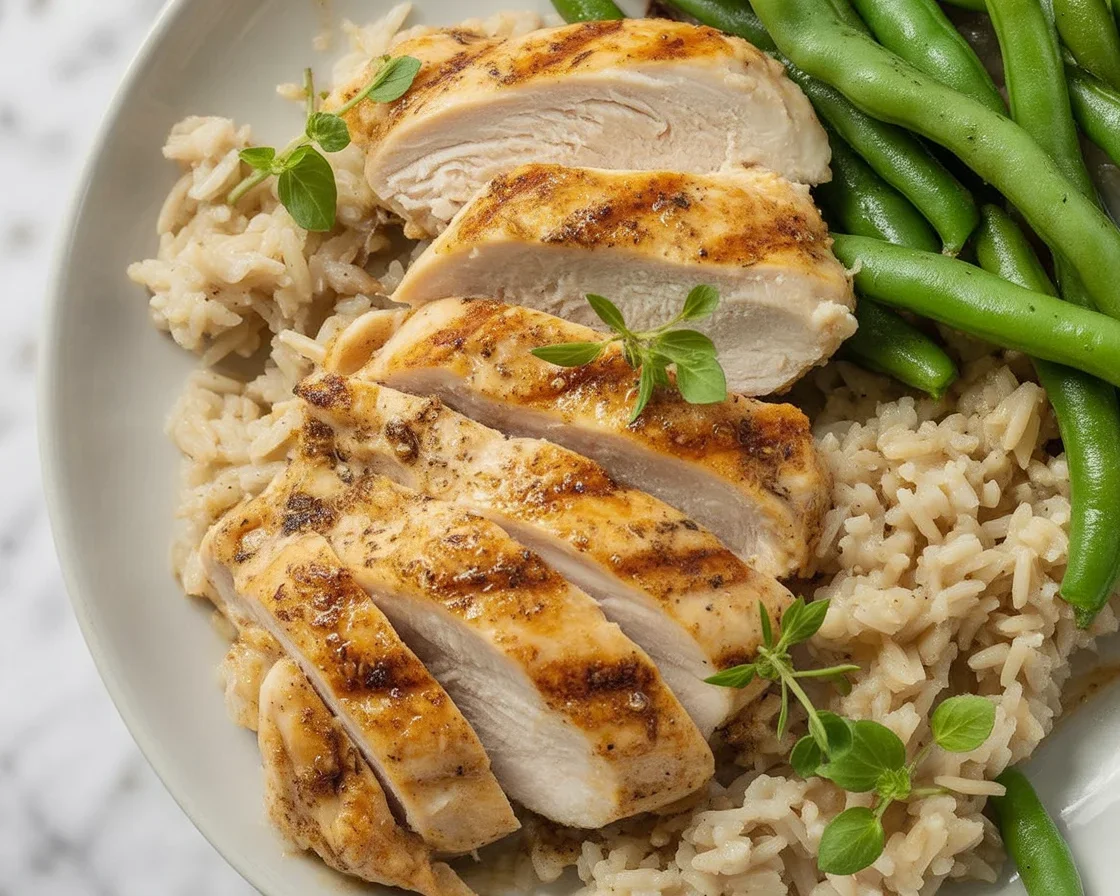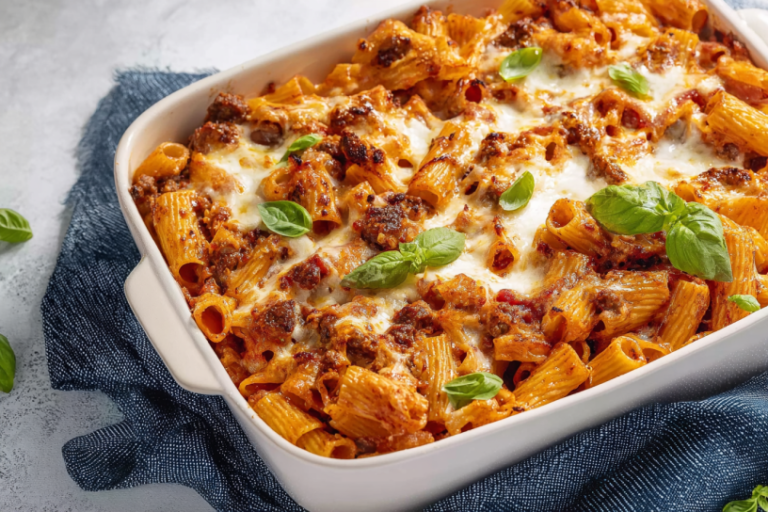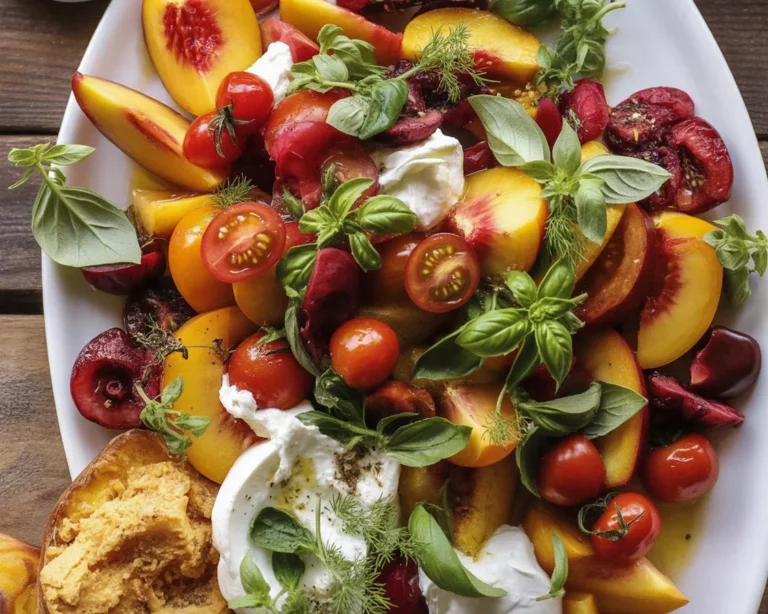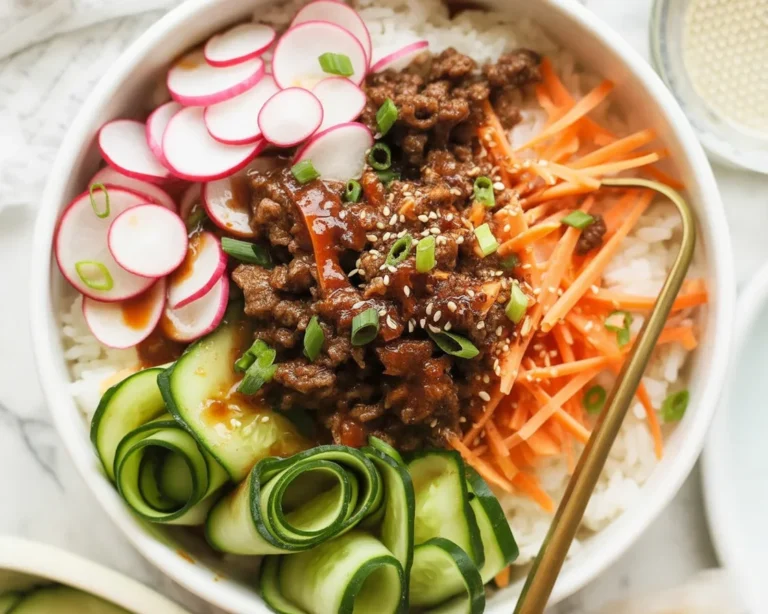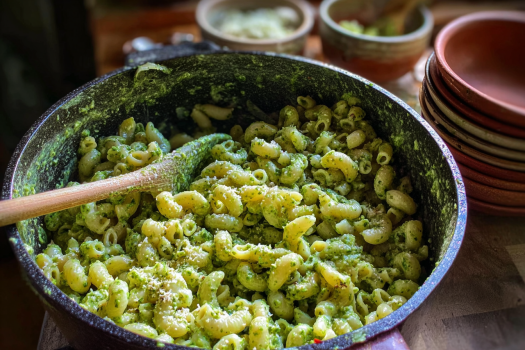5 Simple Steps to Cook Perfect Chicken Every Time
Ever wonder why how to cook perfect chicken always sounds so simple but ends up, basically, in heartbreak and dry meat? Same here. I can’t count the number of times my chicken breasts turned out drier than an overcooked Thanksgiving turkey. And don’t even get me started on bland flavor – that’s my arch-nemesis in the kitchen. If you’re on a quest for reliable, moist and tasty chicken that even your picky cousin would eat up, you’re at the right spot. Honestly, when I finally got the hang of it, meals got so much easier. Oh, and if you want more tips on just making dinner less stressful, check out this guide for easy home cooking too. 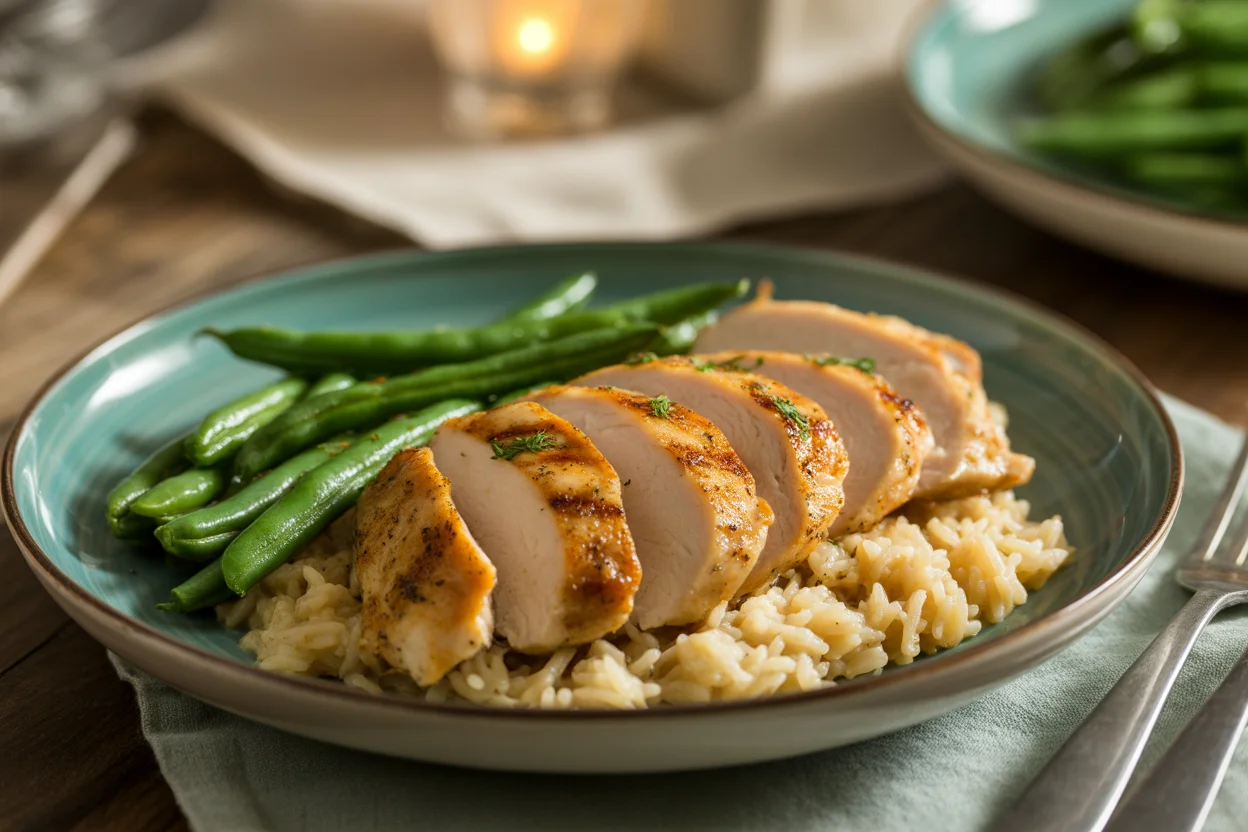
The Key to Moist and Tender Chicken Breast
Let’s get real for a second. Chicken breasts? They’re kinda notorious for being—how do I say this nicely—fussy. Too long in the oven and you could play frisbee with them. But here’s the big secret: don’t overcook. Sounds obvious, but, trust me, it took me ages to stop second-guessing myself and pull them out before I thought they were actually done.
Moisture is your friend. That means marinating, or even just resting the chicken in a bit of olive oil, totally helps. Oh, and if you’ve got time, pounding the chicken so it’s the same thickness makes a world of difference. No more overcooked ends and raw centers. I once read someone say, “treat your chicken like you’d want a spa day,” and you know what? That stuck with me.
Don’t forget, let it rest after cooking, just for a few minutes (count to 100, slowly). This gives time for all those juices to settle and keeps things juicy. I swear by this—my grandma would box my ears if she saw me cutting in too soon.
“I’ve been following these tips for a while now and, wow, game-changer! Chicken has never been so juicy in my kitchen.” — Lisa, home cook
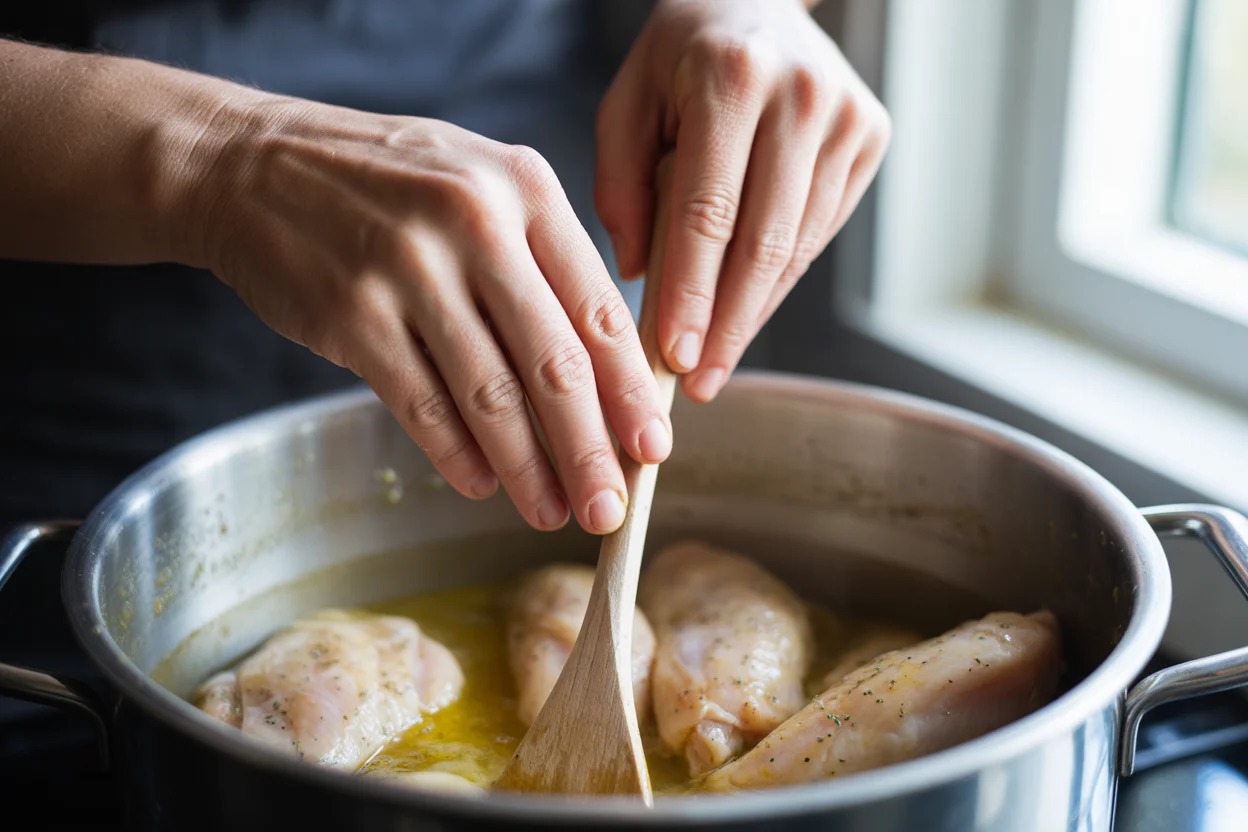
How To Bake Chicken Breasts
If you’re like me, you want the oven to do most of the work. Lay your chicken out on a tray, give it a good rub with olive oil, salt, and your favorite seasoning. Set your oven to 400°F (don’t overthink it) and try to stick around 20-25 minutes. Sometimes I forget and go to 30—no big deal, but not ideal.
Thick chickens need a little more time, thinner ones…they’ll be ready in a blink. I always check the thickest piece with a little cut – if the juices run clear, you’re good to go. Let them hang out on a plate for a few minutes after taking out of the oven. I grab a snack while waiting (sometimes patience is impossible).
Oh and, in case you’re up for more chicken magic, the recipes over at the chicken meat dishes section can be super handy for next-level ideas.
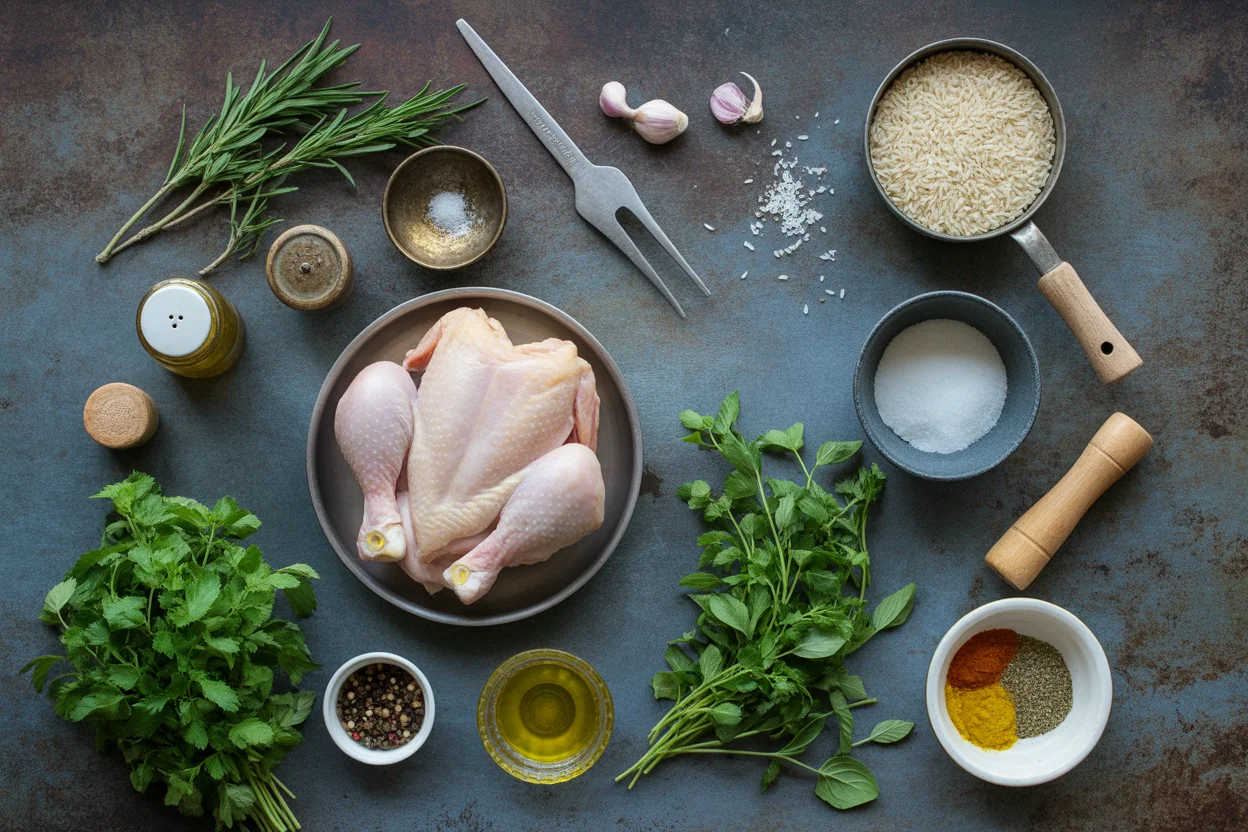
How To Season Chicken Breasts
Here’s the hard truth: Bland chicken is an actual tragedy. No one wants to chew through something tasteless. So here’s my not-so-secret method: keep it simple but bold.
My go-to? A healthy sprinkle of salt and pepper, plus garlic powder and a touch of smoked paprika (seriously, that stuff makes you feel like a professional, in a good way). Sometimes, I’ll squeeze some lemon over the top just before baking. If I’m feeling creative (or lazy, let’s be real), I’ll raid my spice drawer—cajun, Italian, taco—whatever looks friendly. And please, don’t be shy about rubbing the spices in; I use my hands, a fork, sometimes even a spatula if I’m not into sticky fingers that day.
Basically, don’t overthink it: whatever you like, toss it on.
Cooking Boneless vs. Bone-in Chicken Breasts
This part always felt like one big mystery to me. Boneless breasts are super popular (because who wants to deal with bones on a Tuesday?), but they cook fast, so you have to watch them like a hawk. They’re like goldfish…leave them too long and it’s game over.
Bone-in chicken? They’re forgiving. They take a little extra time, and they stay juicier. If you’re ok with picking around bones (and maybe saving some money), give these a try sometime. They’re especially tasty after baking, by the way.
Honestly, I swap between both depending on my week. If you’re looking for a flavorful, low-lift dinner, I’d go for the bone-in. Quick meal after work? It’s boneless all the way.
How To Use/Serve Baked Chicken Breasts
There are so many ways to serve baked chicken—like, seriously, infinite. But here are my actual top picks:
- Slice up and throw it into a salad for a healthy bite.
- Make quick chicken sandwiches with crunchy lettuce and a little mayo (or hot sauce, if you’re me).
- Chop and toss into a stir-fry or pasta when you need a dinner-in-a-hurry.
- If you want to get fancy, try it with veggie ragout, kinda like this recipe for keto chicken breast.
Making extra is never a bad call. Leftovers are basically tomorrow’s lunch, solved.
Common Questions
Why does my chicken always turn out dry?
Most times, it’s cooked too long or at too high heat. Start checking a couple of minutes early to catch it while it’s still tender.
Is it better to marinate chicken, or just season it?
Both work, honestly. Marinating can add more flavor, but simply seasoning and cooking right gets you soft, juicy results too.
How long should I let chicken rest after cooking?
Give it five minutes on the counter. The juices redistribute and you avoid sad, dry bites.
Can baked chicken breasts be frozen?
Oh for sure! Once cool, just pop them into an airtight bag. They’ll last in the freezer for a good couple of months.
Are there healthy ways to bake chicken breasts?
Absolutely! Go easy on the oil, pick lean seasonings, and check out wholesome options like this baked chicken and zucchini.
Ready, Set, Chicken!
So there you go—everything you need to cook up perfect chicken without any drama or dry meat disasters. Once you use these tips a few times, your chicken game will hit five-star restaurant levels. For more step-by-step help, sites like The Kitchn show in detail how to cook chicken breasts for that elusive, juicy finish. And honestly, if you love a good cooking “aha moment,” it’s even fun reading stories like this one from someone else figuring out how to cook perfect chicken breast every time on Reddit. Give it a whirl—your taste buds (and probably your whole family) will thank you.
